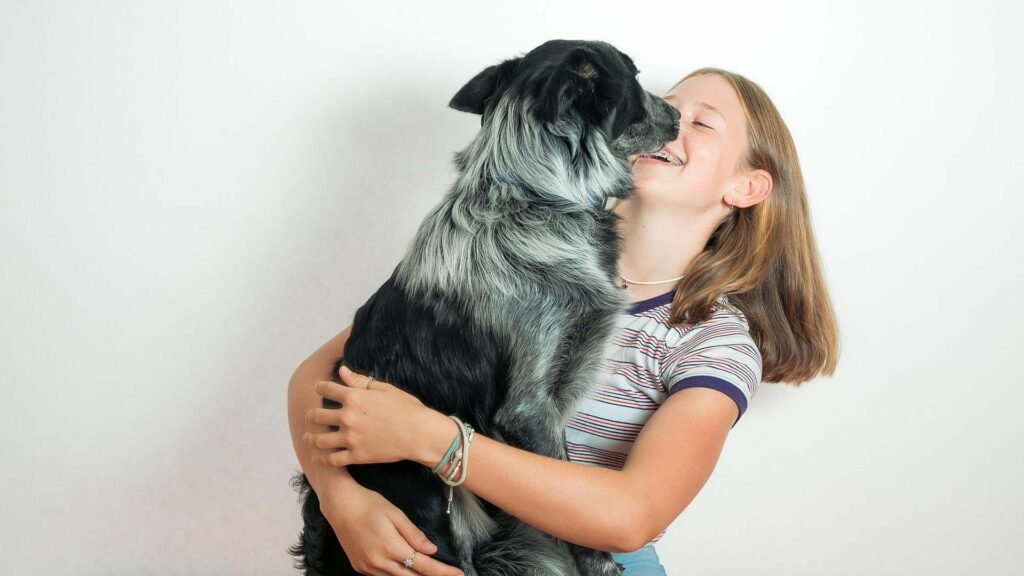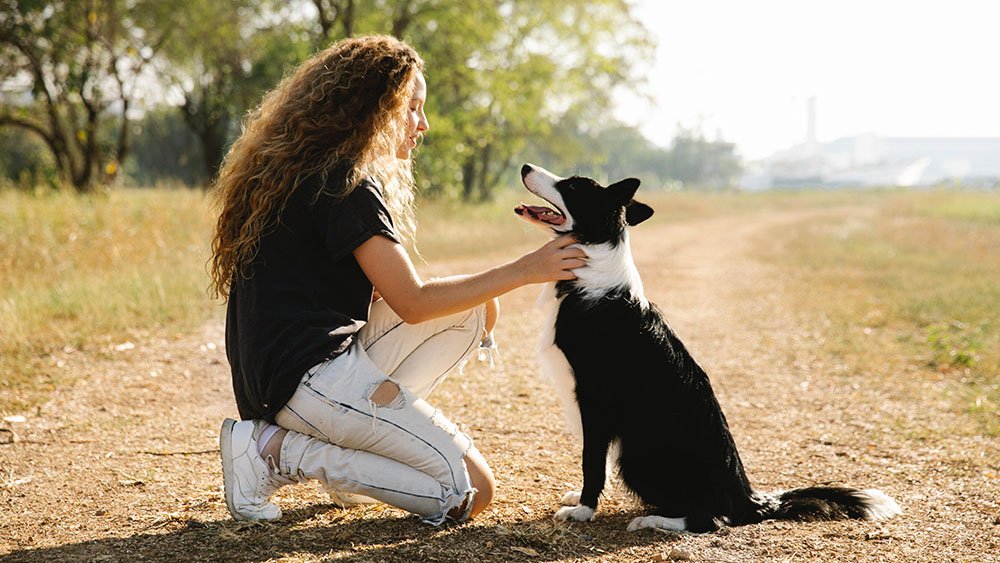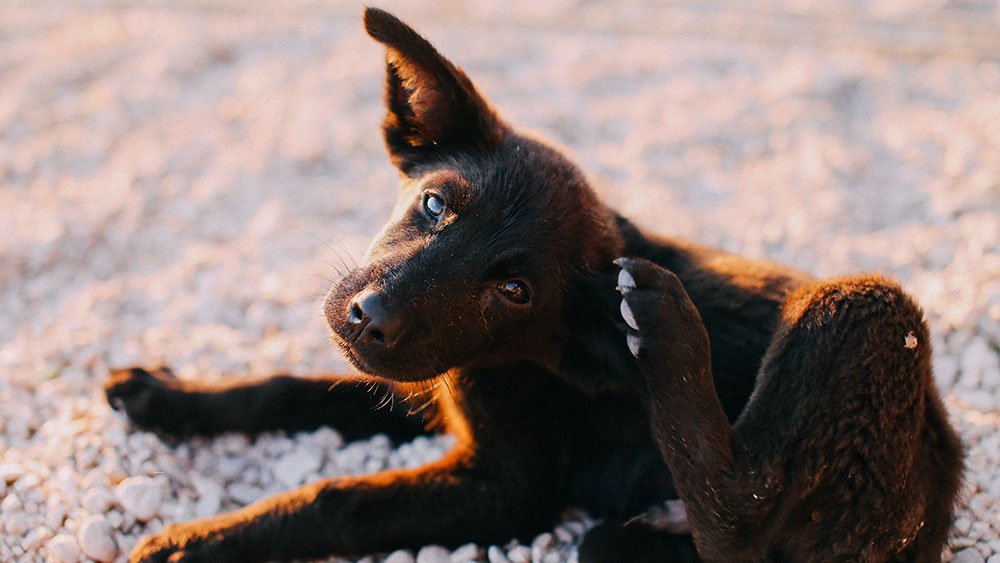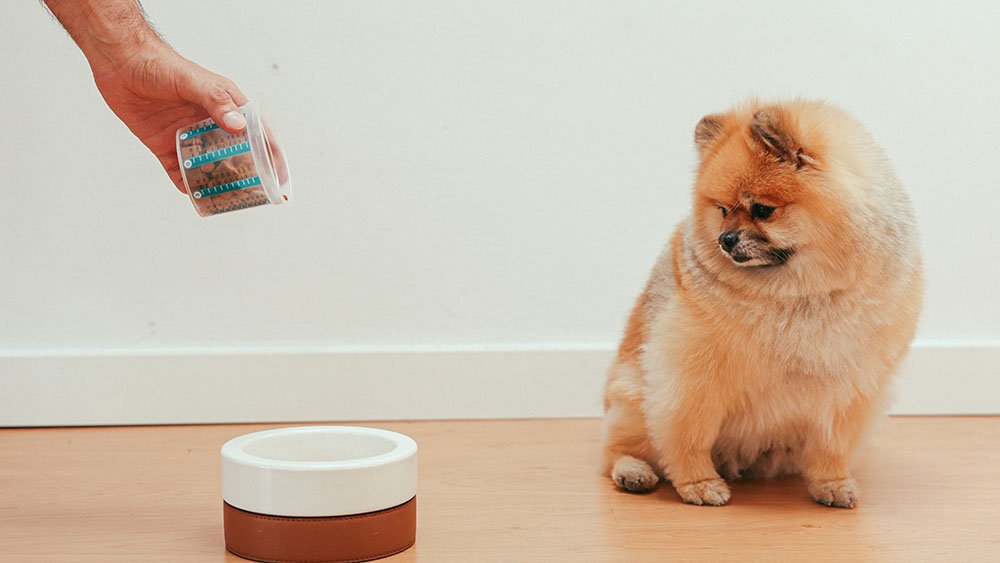There’s no question that allergies are on the rise. In the United States alone, the prevalence of hay fever has increased by 30 percent since just 2009, according to the Asthma and Allergy Foundation of America. But there might be a surprising solution to this growing problem: dogs.

Yes, you read that correctly. Dogs have been shown to help reduce the risk of developing allergies and asthma, especially in children. One large-scale study found that kids who were exposed to dogs in their first year of life were 13 percent less likely to develop asthma by age 6.
So if you’re looking for a way to help reduce your child’s risk of developing allergies or asthma, consider getting a dog.
The Benefits: Less Eczema, Fewer Allergies Overall, Less Asthma
A recent study published in the journal Clinical & Experimental Allergy found that children who were exposed to dogs in their first year of life had a lower risk of developing eczema, allergies, and asthma. The findings suggest that “early exposure to a dog during infancy confers long-lasting protection against allergic diseases.”

The researchers believe that the protective effect may be due to the fact that dogs carry certain bacteria that can help strengthen the immune system. Whatever the mechanism, the findings add to the growing body of evidence showing that pets can have real health benefits.
Dogs have been shown to reduce the risk of developing allergies and asthma in children. One study found that children who were exposed to dogs in their first year of life were less likely to develop allergies and asthma than those who were not exposed to dogs.
How It Works: Exposure To Dirt And Bacteria
Many people think that exposure to dirt and bacteria is harmful to our health, but recent studies have shown that this may not be the case. In fact, exposure to these things may actually help to prevent allergies.
One theory is that when we are exposed to dirt and bacteria, our immune system becomes better at distinguishing between harmless and harmful substances. This means that when we come in contact with allergens, our immune system is less likely to overreact and cause an allergic reaction.

Another theory is that exposure to dirt and bacteria can help “reset” our immune system, which can be helpful if it has become too sensitized from years of living in a sterile environment.
Whatever the mechanism may be, there is evidence that suggests that having a dog in the home can reduce the risk of developing allergies, especially in children.
Hypoallergenic Breeds: As Effective
There are a few things to consider when picking the right dog to help prevent allergies. The breed of dog is important. Some breeds, like poodles and bichons frises, are considered hypoallergenic because they don’t shed as much as other breeds. This is due to their curly coats which trap the allergens rather than release them into the air.

The way the dog is raised is also important. Dogs that are kept outdoors or that frequently visit places where there are lots of other animals, like the park or doggy daycare, are more likely to build up immunity to allergens.
Ultimately, the best way to prevent allergies is to exposure yourself to as many different types of animals as possible, whether it’s a dog, cat, horse, rabbit, or anything else.
Other Precautions: Still Need To Take Other Steps To Prevent Allergies
Though having a dog can help reduce the risk of developing allergies, it’s not a foolproof method. There are other things you can do to further prevent allergies.
Those with pet allergies will still need to take other steps to prevent their symptoms. For example, they may need to avoid being in close contact with dogs, keep their home free of pet dander, and use medications as prescribed by their doctor.

If you’re allergic to dogs but still want to experience the benefits of owning one, there are a few things you can do. First, try to find a hypoallergenic breed. These dogs have coats that produce less dander, which is the main allergen for people with pet allergies. Secondly, bathe your dog regularly to help remove any allergens that may be clinging to its fur. Finally, make sure to keep your dog out of your bedroom and off upholstered furniture to limit your exposure as much as possible.
In Conclusion: Dogs Could Help Alleviate The Allergy Epidemic
Though more research needs to be done, it’s possible that dogs could help alleviate the allergy epidemic. One theory is that early exposure to a dog’s dander helps build up a baby’s immunity to allergies. Another is that having a dog in the home can reduce the overall amount of allergens in the environment.

So, if you’re considering getting a dog, know that you may be helping your child avoid allergies—and maybe even making the world a little bit healthier in the process.



















